Tourist Places in Mahendergarh Haryana: Mahendragarh was originally called ‘Kanaud’ due to its connection with the Kanaudia group of Brahmans. However, in the mid-nineteenth century, the town was renamed Mahendragarh.
Today, Mahendragarh is rapidly becoming a prominent educational center in Haryana, with a number of highly regarded schools such as Yaduvanshi Shiksha Niketan and esteemed colleges including engineering colleges and a Center University. Additionally, the town boasts top-notch healthcare facilities.
Located in the heart of Haryana, Mahendergarh is a district that is often overlooked in favor of its more well-known counterparts. However, this charming area has plenty to offer those in search of a unique blend of history, culture, and natural beauty. In this blog, we’ll take a virtual journey to discover some of the most captivating tourist places in Mahendergarh that are often overlooked.
Mahendergarh At A Glance
Locations: Mahendergarh is 165 kms. south of Delhi
Linking Roads: Connected to National Highway No. 8 through Rewari.
How To Reach Mahendergarh Haryana
By Air: Indira Gandhi International Airport is about 109 kms. from here.
By Road: Haryana Roadways bus service is available from all districts. Bus stand is well-connected to most major cities and the northern areas.
Must-visit Tourist Places In Mahendergarh
Jal Mahal
The Jal Mahal Palace, situated in the Khan Sarovar tank, is a historic palace that served as a pleasure retreat. Nawab Shah Quil Khan, the Governor of Narnaul, built the palace during his 52-year tenure. The north-facing gatehouse is the entrance to the palace, with guard rooms above a bridge supported by sixteen arched-spans. The palace boasts a central square chamber with four smaller chambers at each corner. Access to the upper floors is via four staircases located on the northern and southern faces. The central chamber’s roof features an octagonal cupola surrounded by a hemispherical dome, which is supported by four smaller cupolas situated above the corner chambers. The Mughal Emperor Akbar oversaw the construction of the Jal Mahal Palace, which was completed in 1590-91 AD. The construction of the tank was completed in 1592-93 AD.
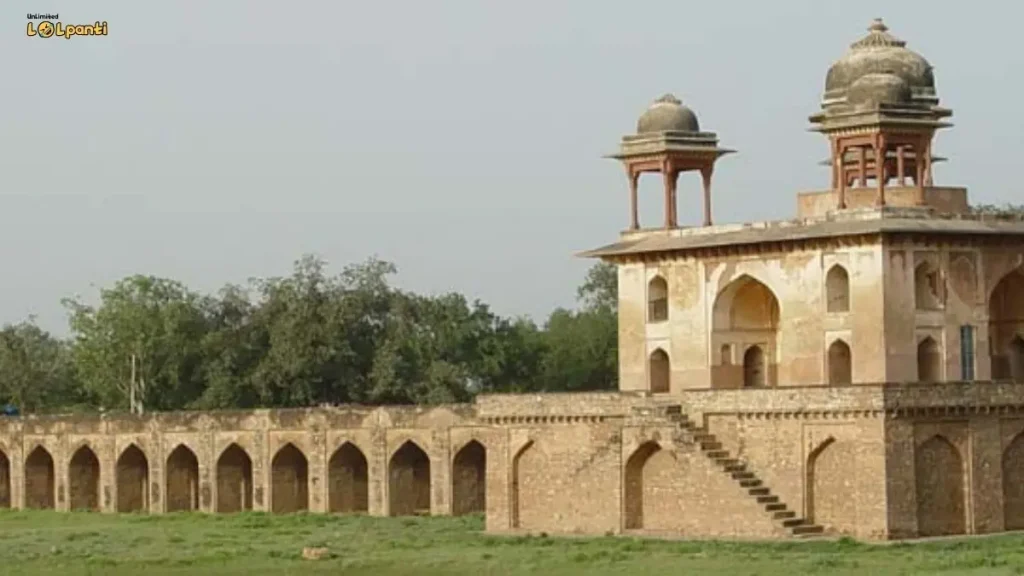
Chor Gumbad
Located on the north side of the town, the Chor Gumbad monument stands majestically on a rock, making it a recognizable landmark of Narnaul. This well-planned structure is a big square-shaped monument with a single chamber and four minarets at each corner. An open veranda running around the monument gives it the appearance of a double-storied structure from the outside. It is believed to have been possibly used as hideouts by thieves and highwaymen, leading to its present-day name: Chor Gumbad.
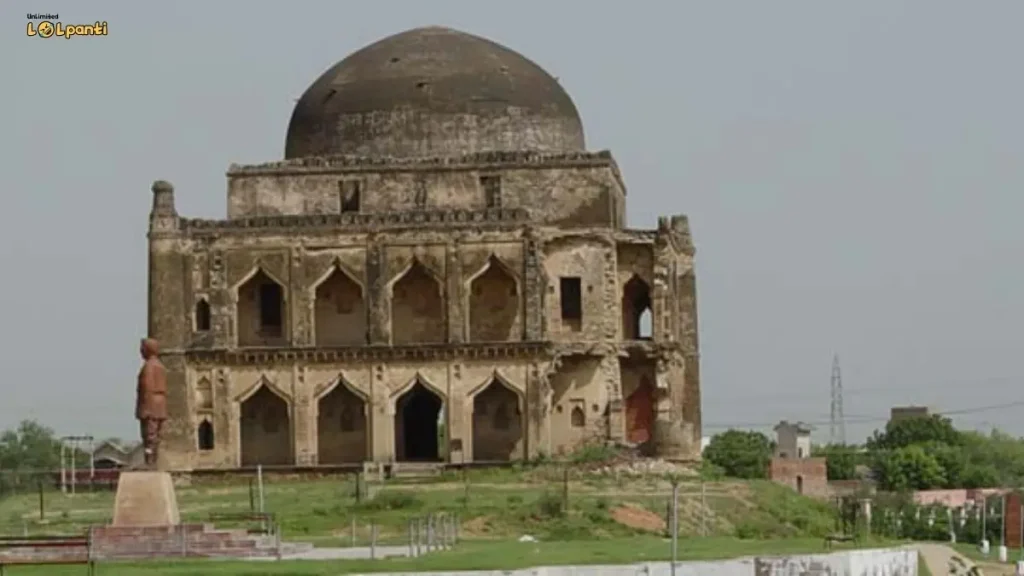
The monument was originally constructed by an Afghan man named Jamal Khan as his tomb. A low dome and arches suggest that it was built during the reign of Firoz Shah Tughlaq (1351-88 AD). However, there is currently no grave inside the tomb. Today, the district administration has developed the complete hilly area in which the Chor Gumbad stands as a park, making it a popular tourist attraction.
Birbal Ka Chhatta
The Chhatta, a spacious building erected by Ray-i-Rayan Mukand Dass during the reign of Shah Jahan, is a marvel of architectural prowess. Though its exterior appears unassuming, the five-story structure boasts several halls, rooms, and pavilions. The open terrace on the south, elliptical pavilions on different levels, halls on pillars, and running verandah around a central court create a sense of vastness and illumination. The building’s extensive use of marble for veneering, pillars, and brackets, complete with artificial cataracts and drains, make it a cozy retreat during tropical summers.
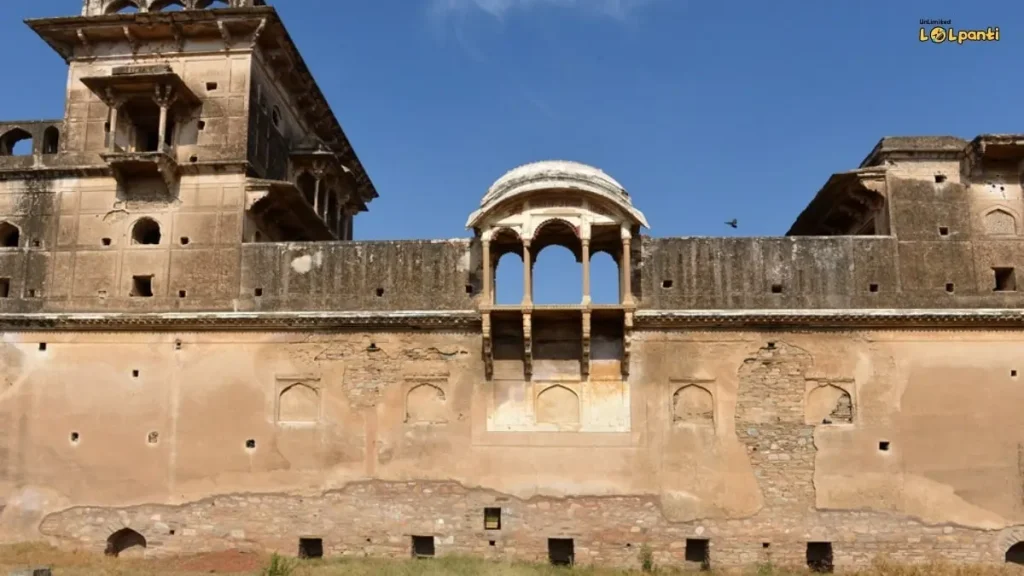
A short distance from the Chhatta is the Sarai Rai Mukand Das, a lofty building erected by Rai-Rayan Mukand Das, a servant of Nawab Asif Khan, during the reign of Shah Jahan. The structure bears an inscription stating that it was built under the supervision of Mehta Puran Mal Hari Dass.
Tomb of Shah Wilayat
The tomb of Shah Wilayat stands beside the mausoleum of Ibrahim Khan Suri. It is a big tomb-cum-collegiate complex, which incorporates within it a long tradition of architecture ranging from the Tughlaq to the British period.
Originally the tomb and the adjoining complex were constructed during the reign of Feroz Shah Tughlaq.
Tomb of Ibrahim Khan Suri
According to the inscription on the tomb’s entrance, it was constructed under the direction of Sher Shah Suri (1540-45 AD) as a tribute to his grandfather, Ibrahim Khan Sur, who passed away in Narnaul in 1518 AD. The tomb is located on an elevated square platform, with its entrance on the eastern side. It’s built from Hindu temples and boasts intricate carvings. The façade is divided into two storeys by a moulding band and adorned with small panels featuring red sandstone relief carvings bordered with grey limestone. The dome is balanced by four octagonal cupolas placed at the four corners of the terrace.
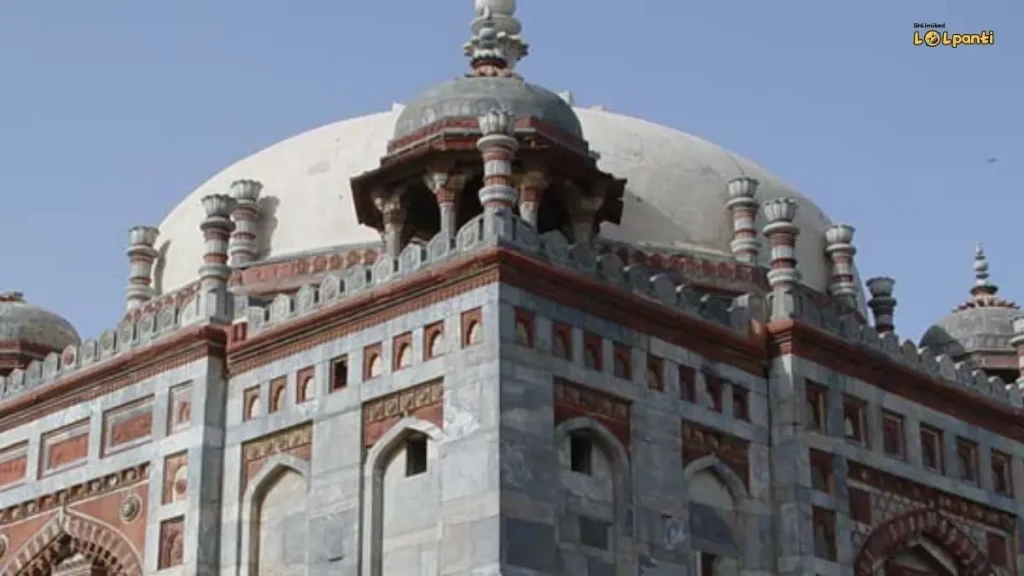
Shah Quli Khan’s Tomb
In 1574-75 AD, Shah Quil Khan – Governor of Narnaul during Mughal emperor Akbar’s reign (1556-1605 AD) – constructed a stunning tomb in memory of his father. Upon his own passing, he was also laid to rest in the tomb. The impressive structure is situated on a high octagonal platform which can be approached from the south. Constructed with grey stone mixed with red sandstone, the tomb is truly a sight to behold. Both the interior and exterior of the tomb are octagonal, with a narrow passage supported on projecting running all along the base of the arched openings and recesses. The interior of the tomb is sub-divided into two storeys.
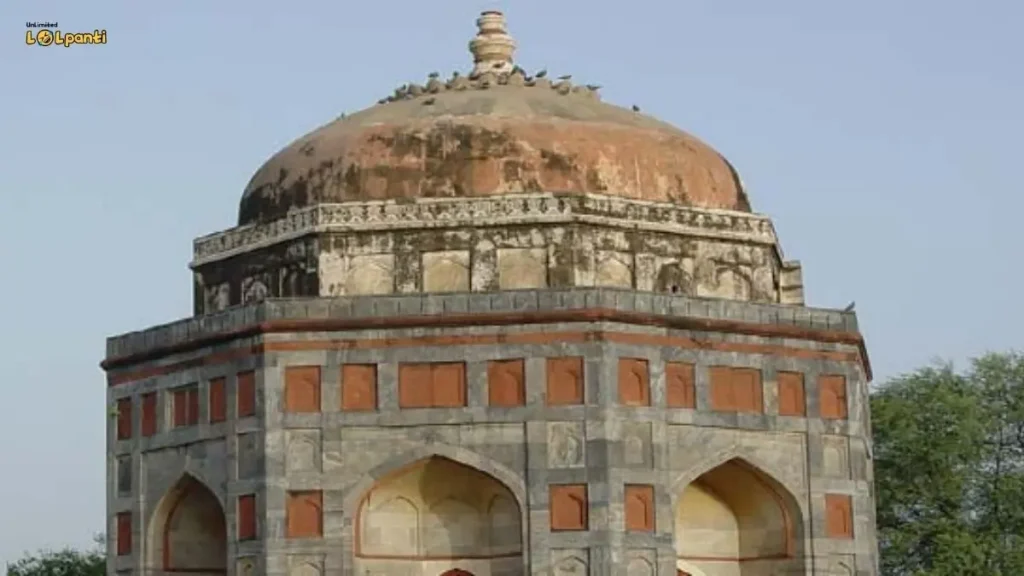
Tripolia Gateway
Shah Quil Khan was a noble warrior in Akbar’s court who served as the Governor of Punjab in 1575 AD. He spent most of his life in Narnaul, where he built a magnificent garden and splendid buildings known as Aram-i-Kausar. The Tripolia Gateway, a three-story structure with ornamental carvings on the interior walls and ceilings, serves as the main entrance to the garden. Constructed using rubble masonry and a thick layer of lime plaster, the gateway is a stunning example of architectural beauty. The pointed arch inscription records the date of construction, the builder, and the garden’s name. Sadly, Shah Quil Khan passed away in 1601 AD in Agra.
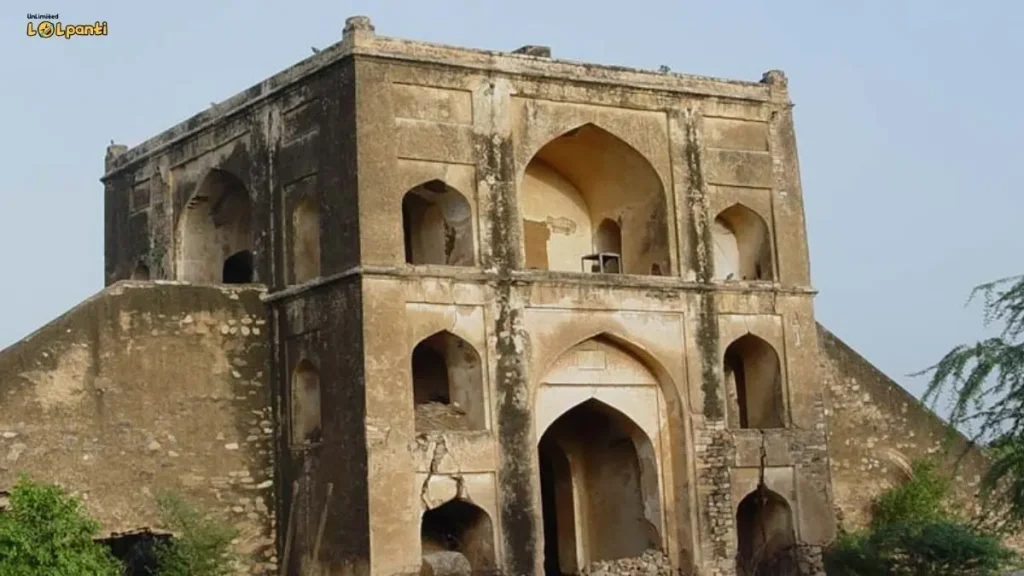
Mirza Alijan’s Takhat and Baoli
Located to the north-west of Narnaul, the Baoli constructed by the Nawab of Narnaul, Mirza Ali Jan, during Emperor Akbar’s reign is a magnificent sight to behold. The main structure of the building is fashioned into a giant arched gateway, with a ‘Takhat’ perched on top, and a rectangular pillared ‘Chhatri’ (Kiosk) above that. The ‘Chhatri’ has a decorated flap, supported by eight grey stone pillars arranged in rows that open on all sides. A balcony with staircases is situated below it. The Takhat is placed over the main arched entrance of the baoli, which is attached to a three-storied ‘baoli’ and a well on the south side.
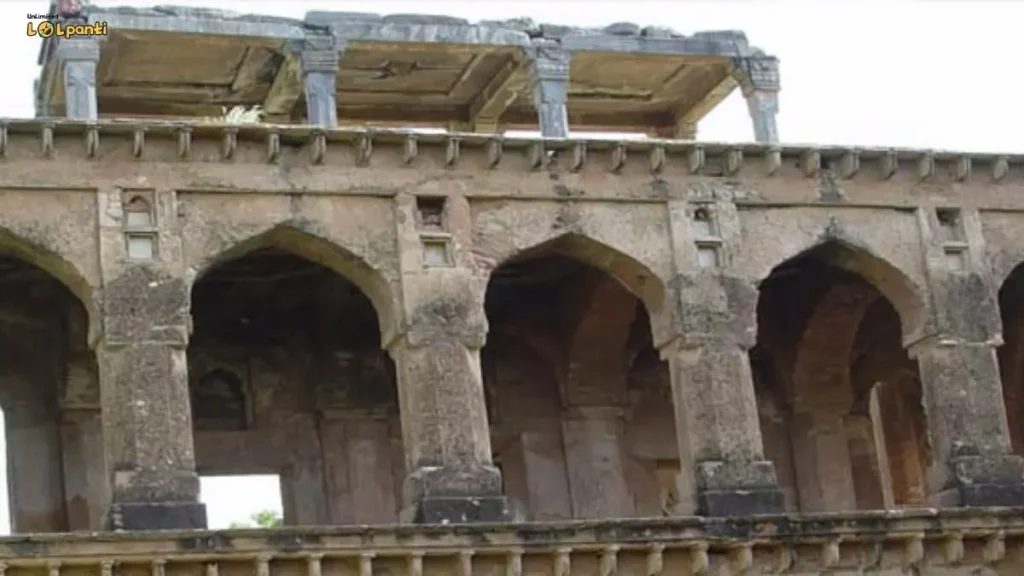
Pir Turkman Tomb Complex
This tomb-mosque complex embodies a rich architectural legacy spanning from the Tughlaq era to the British colonial period. However, significant portions of its original structure have been obscured by subsequent constructions. The tomb and the adjacent mosque were initially built during the rule of Firoz Shah Tughlaq. In 1357 AD, Alam Khan Mewati added the eastern colonnades, the dome, and a section of the enclosure. The tomb itself is crowned by a hemisphere adorned with contemporary paintings. The pillared verandah (portico) facing the tomb was erected in the British era, while the majority of other edifices within its confines were constructed during the final years of the Mughal period.
Shobha Sarowar : Tourist Places In Mahendergarh
In the past, the town of Narnaul struggled with water scarcity due to its proximity to the desert. To combat this issue, a local chief during the late Mughal period built a massive pond, or sarovar, for the public to use. Constructed in the then-prevalent Hindu architectural style, the sarovar was built using rubble masonry and a thick layer of lime plaster. Four staircases on each arm of the pond lead to the water storage tank. The boundary wall of the sarovar was adorned with twelve kiosks, or chhatris, one at each corner and two on either side of the staircases. Currently, only two of these chhatris remain. An inscription on the eastern wall of the sarovar notes the addition of an enclosed chamber for ladies’ baths in 1929 AD. Despite its age, the sarovar remains in public use.
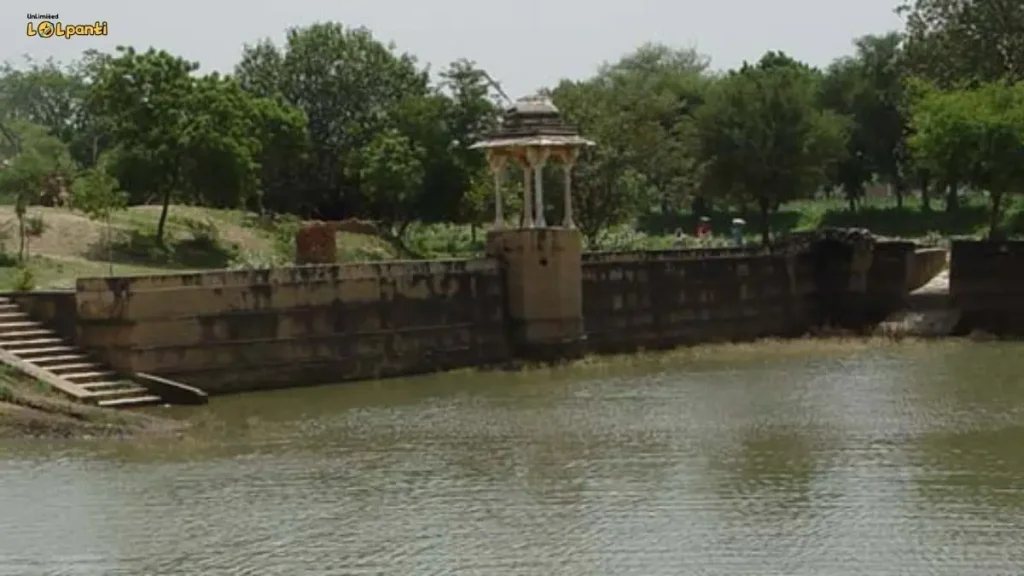
Fortress of Islampur
Located on a slightly elevated hillock, the fortress in Islampur village near Narnaul town boasts a majestic appearance, surrounded by enclosing walls and basins, giving it the look of a royal fort.
Final Words
Escape the typical tourist destinations and venture into the lesser-known beauty of Mahendergarh. This district boasts a range of attractions, from historic forts and temples to the serenity of rural life. Whether you’re a history buff or nature lover, you’ll find something to captivate you. Plan your next trip to Mahendergarh and immerse yourself in this enchanting destination. I hope you find this post about Tourist Places In Mahendergarh informative enough to plan you next trip. Thanks for reading!
Also Read:

